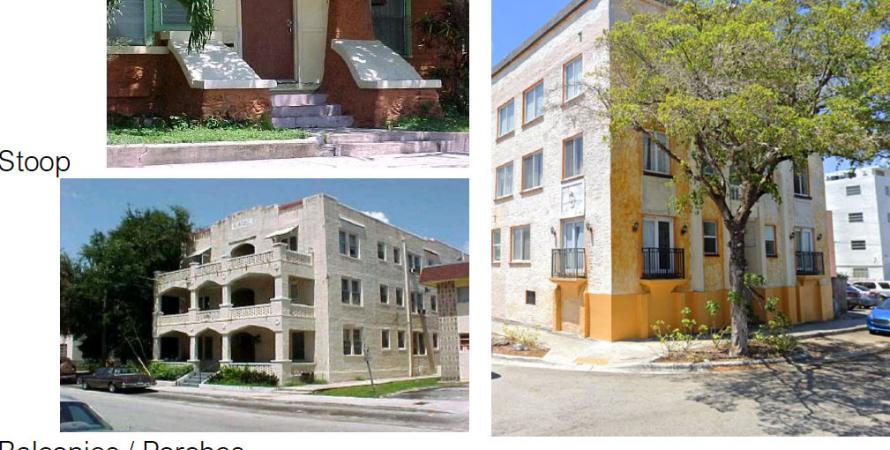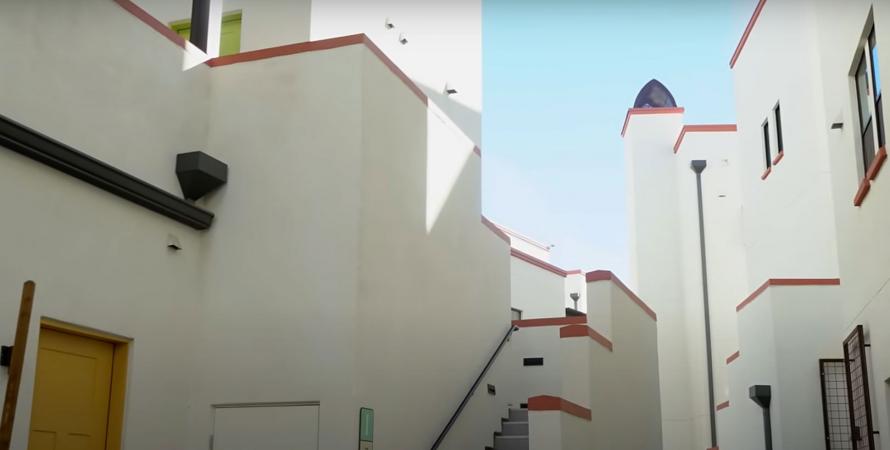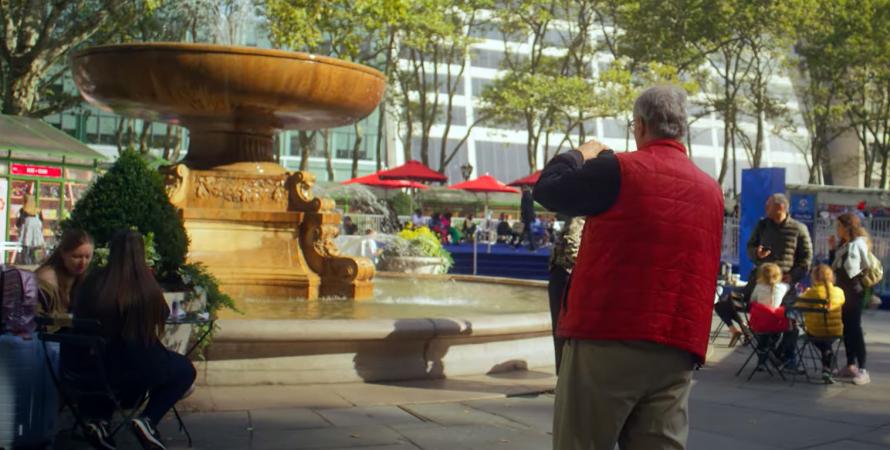-

How walkable places lead to healthier people
Speck and Lombard outline the best research on how the built environment and health in CNU’s On the Park Bench.Twenty years ago, Urban Sprawl and Public Health was published, marking a watershed in our understanding of how the built environment impacts human well-being. The book by Jackson, Frank, and Frumkin explained the science of how walkable places are better for your health than living in sprawl—and...Read more -

History informs a response to the housing crisis
River City Rising shows how Spokane draws on its streetcar neighborhood origins to address its current housing problems.Like many cities across the US, Spokane is struggling with a lack of housing affordability. Housing costs have sharply risen in the last decade, as the city has rapidly grown. People are moving from other parts of the country to enjoy Spokane’s rich history connected to a beautiful natural...Read more -

Living ‘car-free’ in the Arizona desert
A YouTube influencer takes for a tour of Culdesac Tempe, one of the more interesting new developments today.A Harvard researcher with a heat gun last summer measured the temperatures on the Tempe, Arizona, sidewalk at 137°F—but inside a new car-free development the plaza surface was 90°F. That’s one eye-opening data point offered in a new video of Culdesac Tempe, one of the most-closely watched US...Read more -

How placemaking can save the planet
A brief film biography of Fred Kent offers insight into placemaking, and why it is essential.The Place Man is an excellent and easily digestible documentary history of the Project for Public Spaces (PPS). At only 19 minutes, The Place Man focuses on the career of founder Fred Kent, who William H. Whyte hired to work on the seminal “Street Life Project” that studied and documented how...Read more